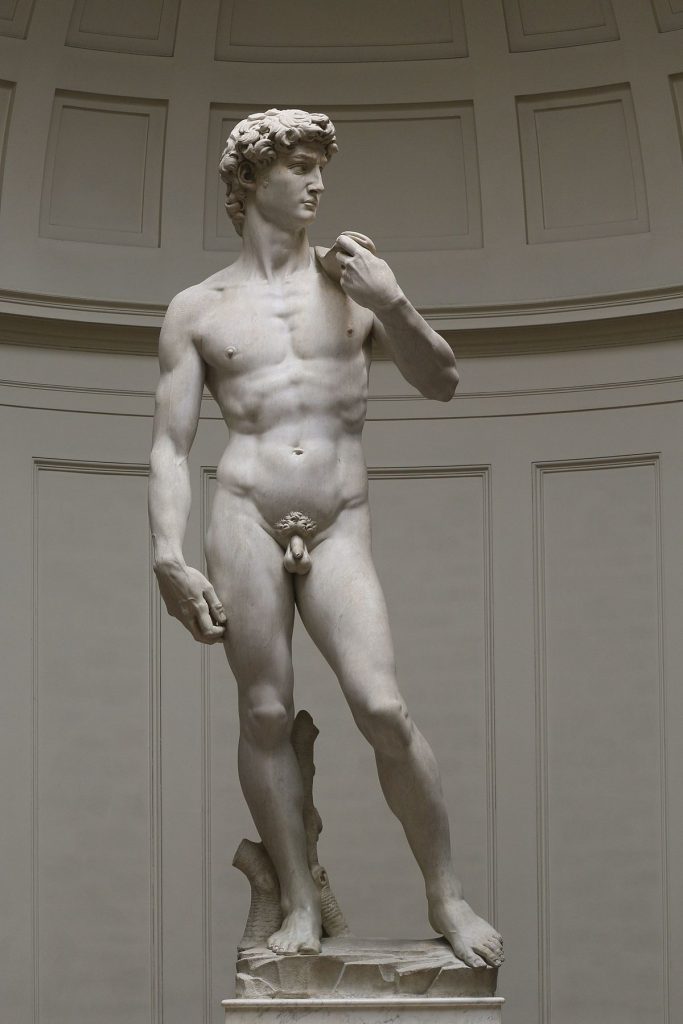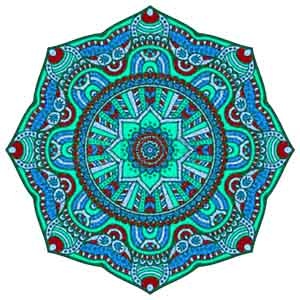
As reported by Times Online, a trio of German professors has concluded that numerous drawings firmly attributed to Italian High Renaissance artist Michelangelo Buonarroti (1475-1564) in London’s Royal Collection, the British Museum and Oxford University’s Ashmolean Museum of Art and Archaeology are not by the master’s hand. They estimate that approximately 40% of those owned by museums worldwide are not authentic.
The Controversy
Leading the charge against the drawings’ authenticity is Frank Zöllner, a professor of Renaissance and Modern art at the University of Leipzig. He’s supported by Thomas Pöpper, a lecturer at the same institution, and Christof Thoenes, an honorary professor at the University of Hamburg. Their contentions appear in Michelangelo: Complete Works, a 768-page text, thoroughly color-illustrated with enlarged detail prints and released by Taschen Books on November 19, 2007. The authors insist that the number of drawings ascribed to Michelangelo has been artificially inflated due to the interests of museum curators, collectors and the art market.
Some of the Artist’s Drawings in Question
Among the sheets whose authorship the three scholars find dubious are The Brazen Serpent (ca. 1511) in the Ashmolean Museum and The Three Labours of Hercules (ca. 1530) and The Risen Christ (ca. 1532) in the Royal Collection. Also excluded from the authors’ revised corpus of drawings by Michelangelo is the British Museum’s Crucifixion (ca. 1538-1541), most recently featured in Michelangelo Drawings: Closer to the Master, a European exhibition of 90 works on paper by the solitary and miserly painter, sculptor, draftsman and architect. On view at the Teyler Museum in Haarlem, The Netherlands (October 6, 2005-January 8, 2006) and the British Museum in London, England (March 23-June 25, 2006), the popular exposition’s contents were drawn from both establishments’ renowned collections and that of the Ashmolean Museum.
The Risen Christ
Michelangelo’s The Risen Christ in the Royal Collection at Windsor Castle is a work on paper drawn in black chalk. Exhibited often and researched extensively in the 20th Century, the single-figure sheet depicts Christ emerging from His tomb. It bears a striking similarity to two of the artist’s graphic works in the British Museum and Florence’s Casa Buonarroti as well as copies of a lost work in Rotterdam’s Museum Boysman-van Beuningen.
The resurrected Christ alights upward from his open stone sarcophagus, His burial shroud floating behind Him. Michelangelo rendered the divine Savior’s powerful body, triumphant over death, with a joyous sense of movement. Christ’s pose strongly resembles that of the Creator in the artist’s God the Father Separating Light from Darkness (1508-1512) on the Sistine Chapel ceiling.
Invitation for Scholarly Debate
A spokeswoman for the Royal Collection has publicly dismissed Zöllner’s charges as baseless. Hugo Chapman, the British Museum’s Curator of Italian Drawings, and the Ashmolean Museum’s Timothy Wilson gladly invite the opportunity for scholarly and informed debate.
Thank you for reading this article! If you have any further questions about this topic please contact us.
